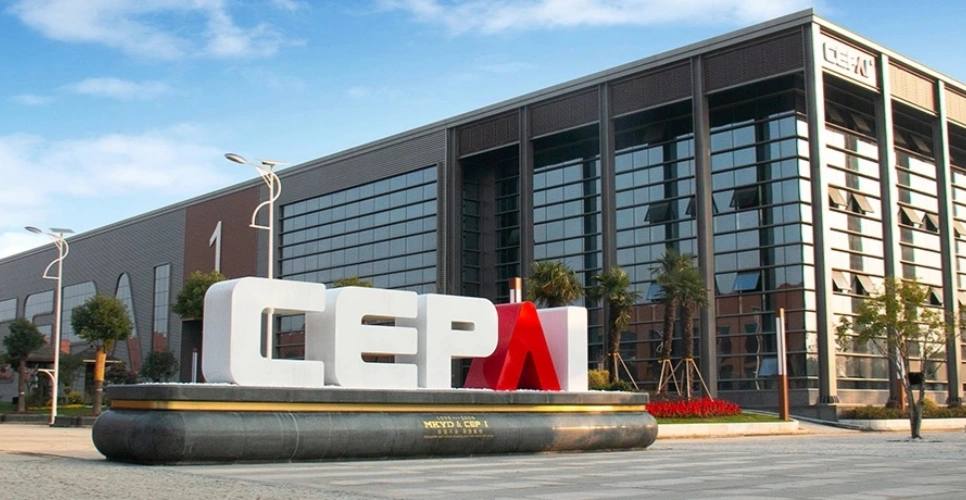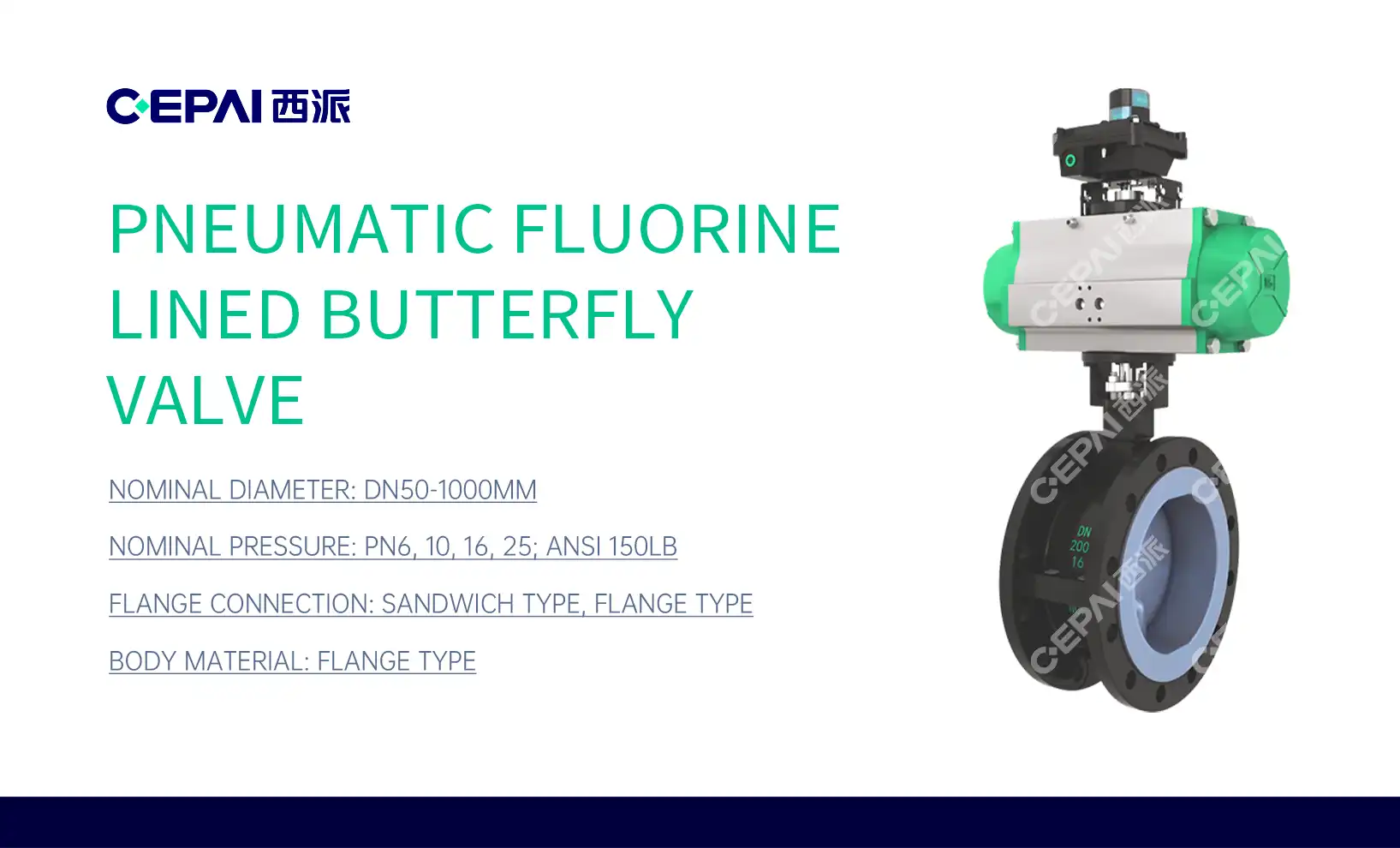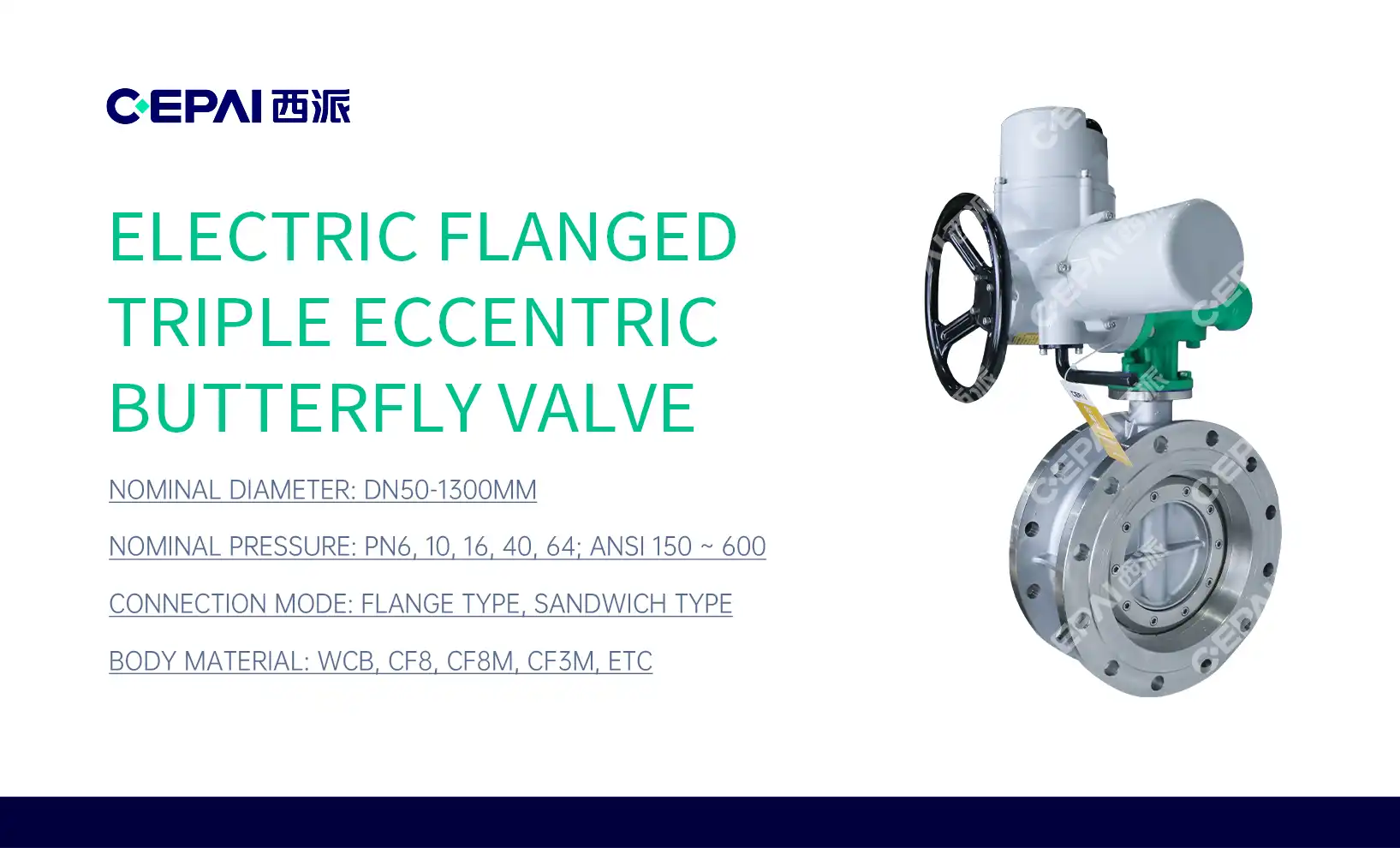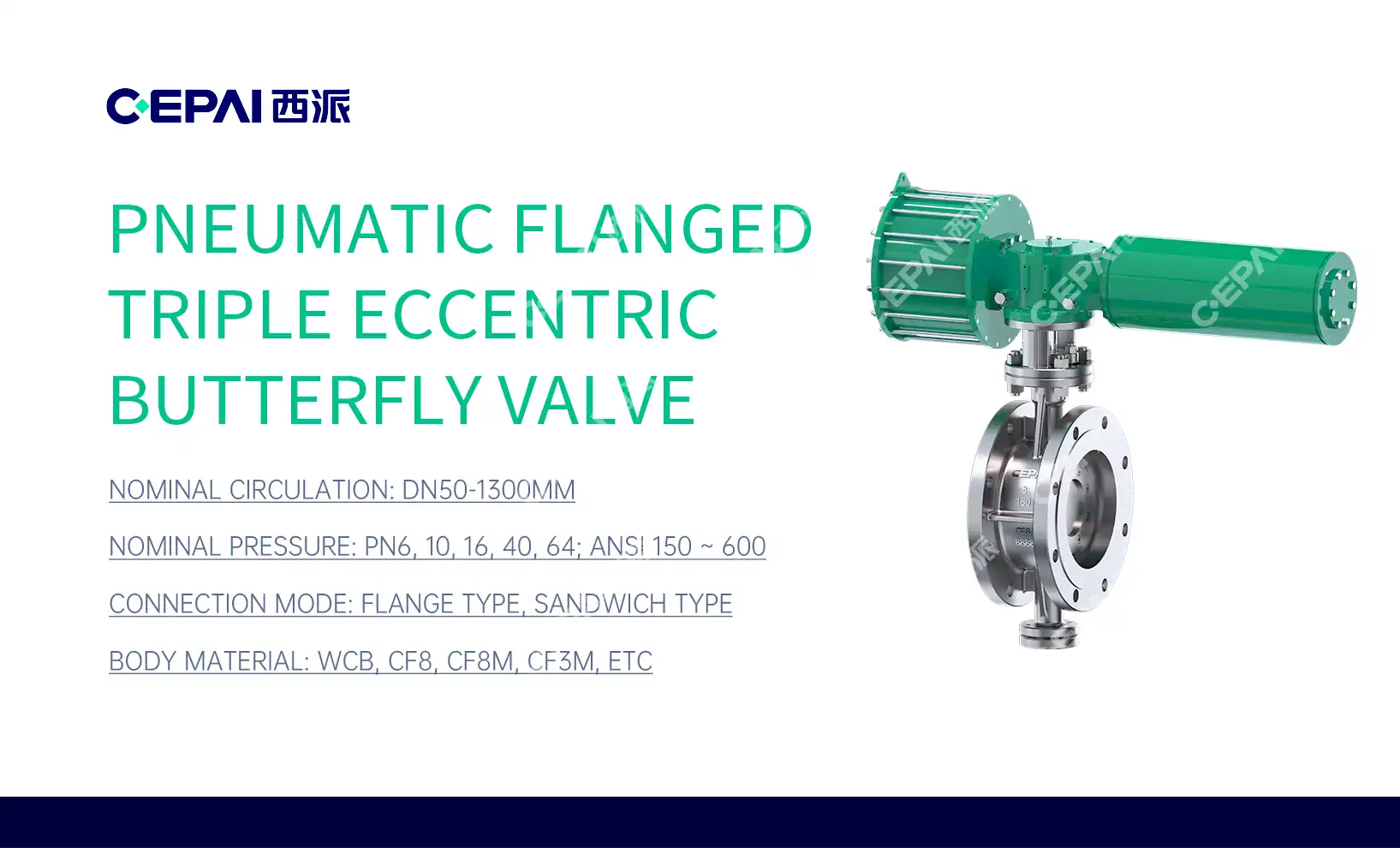Factors Influencing Valve Material Selection and Pricing
Chemical Compatibility and Corrosion Resistance
When selecting valve materials, chemical compatibility is paramount. Different fluids and gases can react with certain materials, leading to corrosion, degradation, or even failure. Stainless steel valves, for instance, offer excellent resistance to a wide range of chemicals and are often chosen for their versatility. However, this corrosion resistance comes at a premium, significantly impacting the valve's price.
For highly corrosive environments, exotic alloys like Hastelloy or Inconel may be necessary. These materials provide superior protection against aggressive chemicals but can drastically increase the valve's cost. On the other hand, less expensive materials like carbon steel might suffice for less demanding applications, offering a more budget-friendly option.
The trade-off between material cost and corrosion resistance is a critical consideration. While a more expensive, corrosion-resistant valve may have a higher upfront cost, it can lead to substantial savings over time by reducing maintenance needs and extending the valve's lifespan.
Temperature and Pressure Ratings
The operating temperature and pressure conditions significantly influence valve material selection and, consequently, pricing. High-temperature environments require materials that maintain their structural integrity and performance under extreme heat. Specialty alloys designed for high-temperature applications, such as heat-resistant stainless steels or nickel-based alloys, come with a higher price tag due to their advanced metallurgical properties.
Similarly, high-pressure applications demand materials with excellent strength and durability. Forged steel valves, known for their robust construction, are often used in high-pressure systems but are generally more expensive than cast iron alternatives. The ability to withstand extreme pressures without deformation or failure justifies the higher cost of these specialized materials.
As temperature and pressure requirements increase, so does the complexity of valve design and material selection. This complexity often translates to higher manufacturing costs and, ultimately, a more expensive end product. However, the investment in appropriate materials for challenging conditions can prevent costly failures and ensure reliable operation in critical systems.
Wear Resistance and Longevity
The wear resistance of valve materials directly impacts their longevity and overall cost-effectiveness. Materials with superior wear resistance, such as stellite-coated or ceramic-lined valves, may have a higher initial cost but offer extended service life in abrasive or erosive environments. This longevity can result in significant savings over time by reducing the frequency of valve replacements and associated downtime.
Conversely, softer materials like brass or bronze may be less expensive initially but could require more frequent replacement in high-wear applications. The choice between a more expensive, wear-resistant material and a less costly alternative often depends on the specific application and the potential long-term cost implications of premature wear.
Additionally, the hardness and toughness of valve materials affect their resistance to mechanical damage and fatigue. High-strength materials like duplex stainless steel offer excellent wear resistance and mechanical properties, contributing to extended valve life but at a higher upfront cost. Balancing material costs with expected service life is crucial in determining the most cost-effective solution for a given application.
Economic Implications of Material Choice in Valve Manufacturing
Raw Material Costs and Market Fluctuations
The cost of raw materials used in valve manufacturing is a significant factor in determining the final product price. Noble metals and rare alloys used in specialized valves are subject to market volatility, which can lead to price fluctuations. For example, the price of nickel, a key component in many corrosion-resistant alloys, can vary considerably based on global supply and demand dynamics.
Manufacturers must carefully consider these market trends when pricing their valves. In some cases, the use of alternative materials or composite designs can help mitigate the impact of raw material price fluctuations. However, this approach must be balanced against performance requirements and customer expectations.
The availability of certain materials can also affect pricing. Rare or difficult-to-source materials may command premium prices due to limited supply. This scarcity can lead to longer lead times and higher costs for valves requiring these specialized materials, impacting both manufacturers and end-users.
Manufacturing Processes and Complexity
The choice of valve material significantly influences the manufacturing processes required, which in turn affects production costs. Some materials, such as high-performance alloys, may require specialized machining techniques or heat treatments, adding to the overall manufacturing complexity and cost.
For instance, valves made from hardened materials like stellite may require advanced machining methods such as EDM (Electrical Discharge Machining) or specialized grinding techniques. These processes are typically more time-consuming and expensive than traditional machining methods used for softer materials.
Additionally, certain materials may require more stringent quality control measures or specialized handling during manufacturing. These requirements can increase production time and costs, contributing to higher overall valve prices. However, the investment in advanced manufacturing processes often results in higher-quality valves with improved performance and reliability.
Lifecycle Cost Analysis
When evaluating the economic impact of valve material selection, it's crucial to consider the total lifecycle cost rather than just the initial purchase price. This analysis includes factors such as maintenance requirements, expected lifespan, and potential downtime costs associated with valve failure or replacement.
High-quality materials that offer superior corrosion resistance and durability may have a higher upfront cost but can lead to significant savings over the valve's lifetime. For example, a titanium valve used in a highly corrosive environment may be substantially more expensive initially but could outlast several cheaper alternatives, ultimately proving more cost-effective.
Conversely, opting for less expensive materials in critical applications may lead to increased maintenance costs, more frequent replacements, and potential system downtime. These hidden costs can far exceed the initial savings from choosing a cheaper valve. A comprehensive lifecycle cost analysis helps in making informed decisions that balance short-term budgetary constraints with long-term operational efficiency.
Technological Advancements and Future Trends in Valve Materials
Innovations in Material Science
The field of material science is constantly evolving, bringing new possibilities to valve manufacturing. Advanced composites and novel alloys are being developed to offer enhanced performance characteristics while potentially reducing costs. These innovations aim to combine the best properties of different materials, creating valves that are more resilient, efficient, and cost-effective.
For instance, ceramic-metallic composites (cermets) are gaining attention for their exceptional wear resistance and chemical inertness. While currently more expensive than traditional materials, ongoing research and development efforts are focused on making these advanced materials more accessible and economically viable for a wider range of valve applications.
Nanotechnology is another frontier in valve material innovation. Nanostructured materials and coatings have the potential to dramatically improve valve performance by enhancing properties such as corrosion resistance and wear resistance at the molecular level. As these technologies mature, they may offer cost-effective alternatives to traditional high-performance materials.
Sustainable and Eco-friendly Materials
Environmental considerations are increasingly influencing valve material selection and pricing. There's a growing demand for sustainable and eco-friendly materials that minimize environmental impact while maintaining performance standards. This shift is driving research into bio-based materials and recycled content for certain valve components.
While these environmentally friendly options may currently come at a premium, increasing adoption and technological advancements are expected to drive down costs over time. Additionally, the use of sustainable materials can offer long-term cost benefits through improved regulatory compliance and potential tax incentives.
The development of materials with reduced environmental footprints, such as lead-free brass alloys for potable water applications, reflects this trend towards sustainability. These materials may have slightly higher upfront costs but can provide value through improved safety profiles and compliance with evolving environmental regulations.

Smart Materials and Self-diagnosing Valves
The integration of smart materials and sensors into valve design represents a cutting-edge trend in the industry. These advanced materials can change their properties in response to external stimuli, potentially enhancing valve performance and longevity. For example, shape memory alloys can be used to create self-adjusting valve components that respond to temperature changes, improving sealing efficiency and reducing wear.
While the incorporation of smart materials and sensors increases initial valve costs, it offers the potential for significant long-term savings through improved performance, predictive maintenance capabilities, and reduced downtime. Self-diagnosing valves equipped with embedded sensors can provide real-time data on valve condition, enabling proactive maintenance and optimizing operational efficiency.
As these technologies become more widespread, the cost-benefit analysis of implementing smart materials in valve design becomes increasingly favorable. The ability to prevent unexpected failures and optimize maintenance schedules can lead to substantial cost savings over the valve's lifecycle, justifying the higher initial investment.
Conclusion
The choice of valve material significantly influences overall pricing, encompassing not just the initial cost but also long-term operational expenses. While high-performance materials like stainless steel, titanium, and specialized alloys come at a premium, they often justify their cost through extended service life, reduced maintenance needs, and improved reliability in demanding applications. Conversely, less expensive materials may offer short-term savings but could lead to higher lifecycle costs due to more frequent replacements and potential system downtime. As technology advances, innovative materials and smart valve designs are emerging, promising enhanced performance and cost-effectiveness. Ultimately, the most economical choice depends on a careful analysis of specific application requirements, environmental conditions, and long-term operational goals.
FAQs
1. How does valve material affect maintenance frequency?
Valve material significantly impacts maintenance frequency. High-quality, corrosion-resistant materials like stainless steel or specialized alloys typically require less frequent maintenance due to their durability and resistance to wear and chemical attack. Less expensive materials may necessitate more frequent inspections and replacements, potentially increasing long-term costs.
2. Can valve material choice impact energy efficiency?
Yes, valve material can affect energy efficiency. Some materials offer better flow characteristics or tighter sealing properties, which can reduce pressure drops and improve overall system efficiency. This can lead to energy savings over time, offsetting higher initial material costs.
3. How do environmental regulations influence valve material selection?
Environmental regulations often dictate the use of specific materials, particularly in industries handling sensitive fluids or gases. For example, lead-free materials are required for potable water applications, while certain industries may need to use materials that minimize fugitive emissions. These requirements can impact material choice and overall valve pricing.
Advanced Valve Solutions for Challenging Environments | CEPAI
At CEPAI, we specialize in providing cutting-edge valve solutions for the most demanding industrial applications. Our state-of-the-art manufacturing facility, equipped with the longest high-precision intelligent manufacturing flexible production line in the Asia Pacific region, ensures unparalleled quality and precision in every valve we produce. As a leading valve supplier, factory, and manufacturer, we offer a comprehensive range of products designed to meet the unique challenges of various industries. For expert guidance on selecting the optimal valve materials for your specific needs, contact our team at cepai@cepai.com.

References
Smith, J. (2022). "Advanced Materials in Modern Valve Design: A Comprehensive Review." Journal of Industrial Engineering, 45(3), 201-215.
Johnson, R. et al. (2021). "Economic Analysis of High-Performance Valve Materials in Petrochemical Applications." Chemical Engineering Today, 18(2), 78-92.
Zhang, L. (2023). "Innovations in Sustainable Valve Materials: Balancing Performance and Environmental Impact." Green Technologies in Manufacturing, 7(1), 112-126.
Brown, A. and White, T. (2022). "Lifecycle Cost Assessment of Valve Materials in Corrosive Environments." Corrosion Science and Engineering, 33(4), 345-360.
Patel, S. (2021). "Smart Materials in Valve Design: Enhancing Performance and Predictive Maintenance." Automation and Control Systems, 29(3), 180-195.
Lee, K. et al. (2023). "Material Selection Strategies for High-Temperature and High-Pressure Valve Applications." Materials Science and Engineering, 52(2), 234-249.

_1746598531170.webp)



